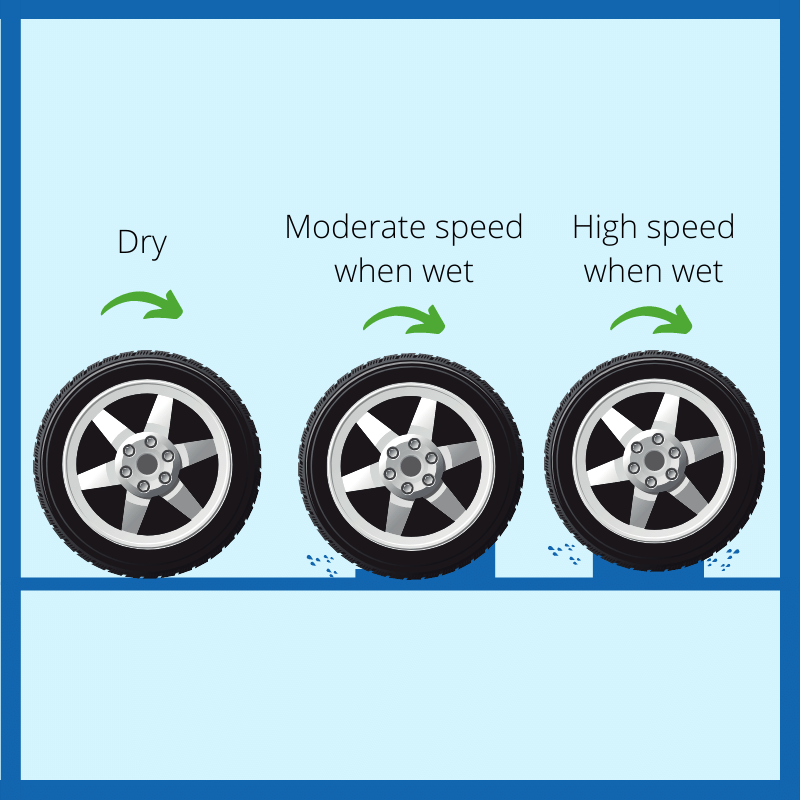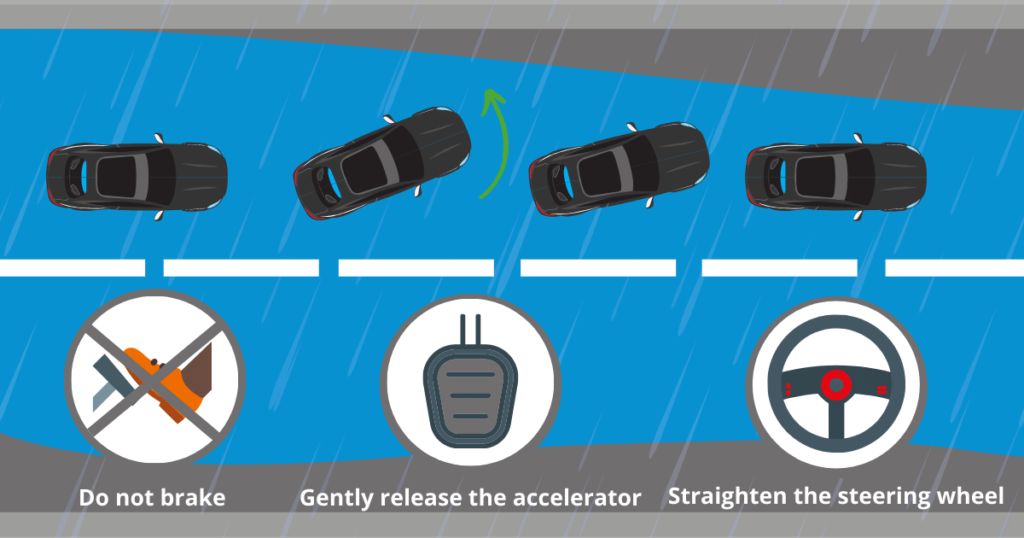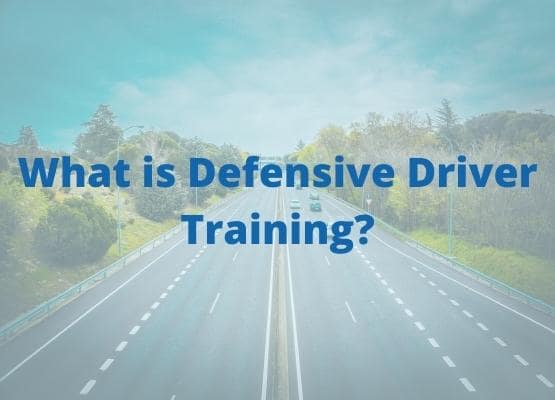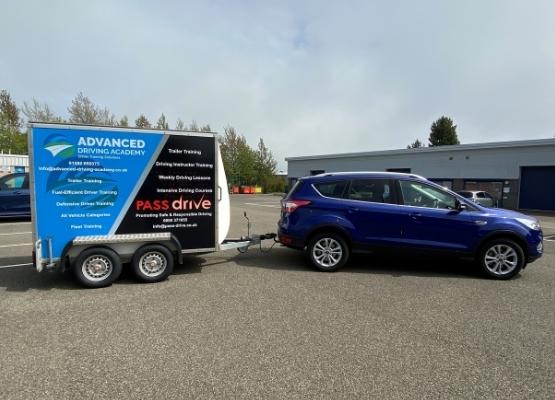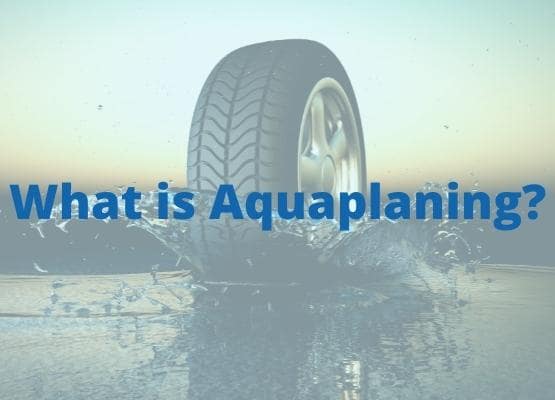
Aquaplaning
In 2021 there were approximately 143 days of rain in the UK. Having all that rain is bound to lead to poor road conditions as a result there is more chance of aquaplaning also known as hydroplaning. The main danger from aquaplaning is losing control of your car, this can then lead to skidding or


